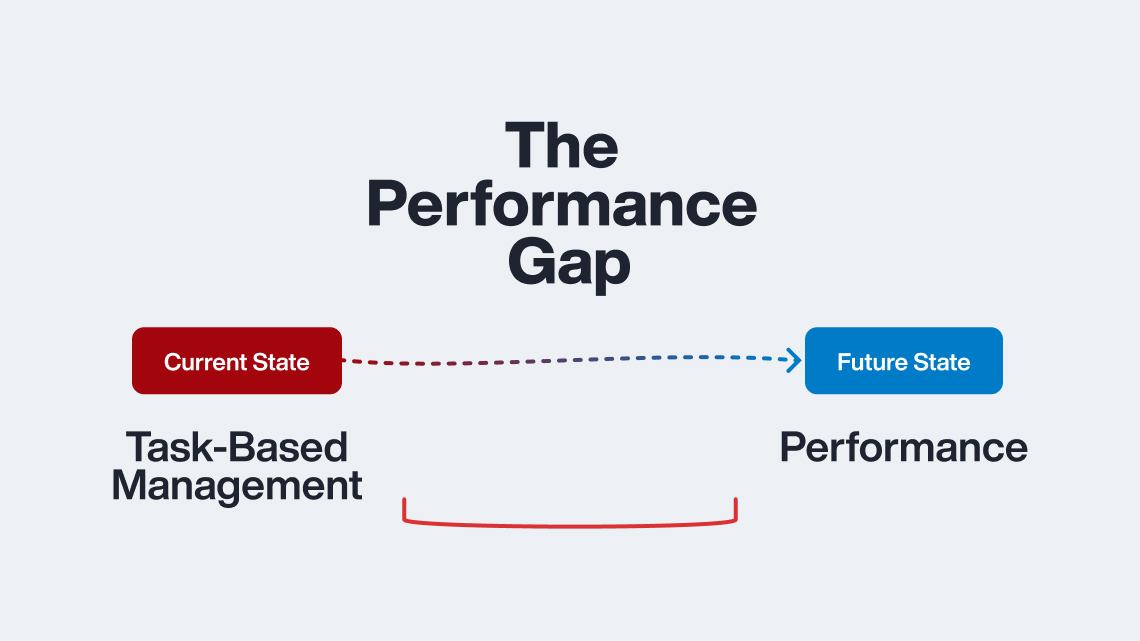Published on August 29th, 2013
By Aimee Miller
In a perfect world, ideal tenants would move into your vacant units and never leave. Unfortunately the rental process doesn’t work like that. You will have tenant turnover, and that can cause headaches in the case that the tenant leaves the unit in less than good condition. Establishing guidelines up front can help eliminate some of the pain in these situations.
Unit Condition Checklist
Create a Move-In Condition checklist. Include a detailed description of every room in the unit with one column headed Move-In Condition and another Move-Out Condition.
Include line items for walls, ceilings, rugs, windows, woodwork, and appliances in each room, and specify the actual move-in condition and expected move-out condition of each item. When a new tenant is ready to move in to your unit, go through the list together and agree on every line item with the new tenant. Both you and your new tenant should sign it. When the tenant moves out at some future date, use the same form to repeat the inspection. This will eliminate any confusion or disputes regarding what has occurred to the property during the time the tenant lived there.
Move-Out Checklist
Create a Move-Out Checklist and make it a part of the lease. It will outline the process to be followed by the tenant once they have given you notice that they are moving.
The list could include the following types of items:
- Landlord has the right to advertise and show the unit at mutually agreed upon times
- Call a week before move out to set up final inspection
- Tenant needs to be present for the inspection
- Entire apartment, including bathroom, kitchen, walls, woodwork and windows, must be completely cleaned
- Walls must be the same color as when tenant moved in (except when given written permission)
- All personal possessions must be removed
- All trash must be removed (NOT left at the curb)
- Any outdoor areas related to the unit must be cleaned up
- Any attached landscaping related to the unit must be neat and trimmed
- All permanent appliances and fixtures must be left intact
- All keys must be returned
- All electricity, plumbing, heating, and alarms must be functional
- All utilities must be maintained until move out
- After the final inspection, a punch list of items that need to be fixed or completed prior to the tenant moving out will be drafted and sign by both parties
Security Deposit
Never return the security deposit to the tenant immediately following the inspection. Most states allow 30-45 days for its return. Use that time to hold onto the funds in case any surprises arise following the move-out. Issues may not be readily apparent until all the furniture is moved out of the unit, and you may need some of those funds to make repairs.
Transitions don’t always have to be painful. Setting the appropriate safeguards at the beginning of the relationship ensures that both you and the tenant are protected and will make the inevitable transitions that occur in the rental process much smoother.








Choose Bunbury Real Estate to Manage Your Rental Property
—
The move in and move out condition checklist is a good document. It benefits both the renter and the owner.